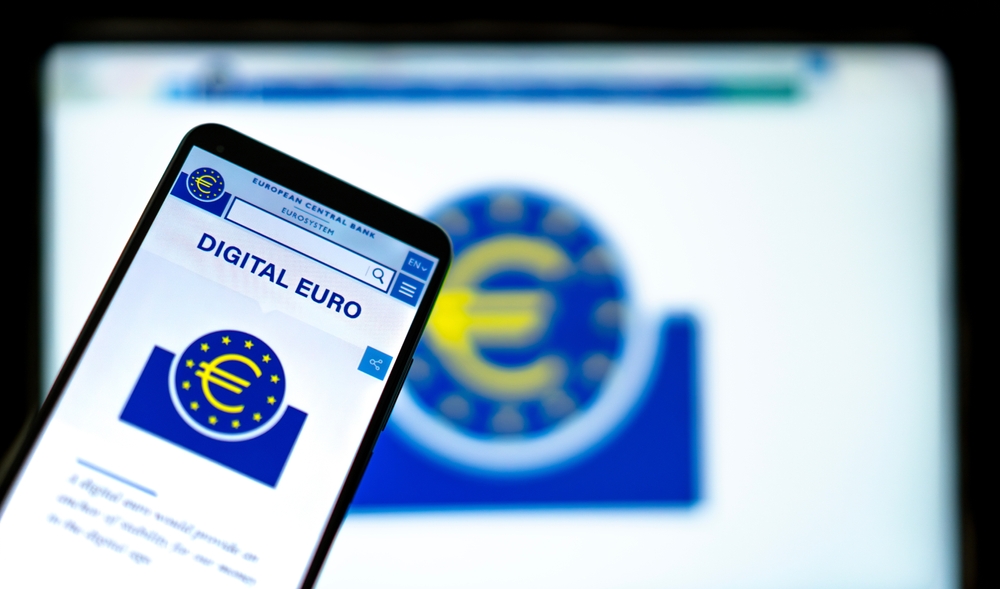The European Central Bank (ECB) says findings from the first iteration of its digital euro innovation platform have pushed it to conduct a second round of testing next year, as part of its commitment to introducing this version of the currency.
This is one of the outcomes of the iteration, outlined in a report published 26 September: https://www.ecb.europa.eu/euro/digital_euro/timeline/profuse/shared/pdf/ecb.deprep250926_innovationplatform.en.pdf
The ECB says the platform “brought together almost 70 market participants, including merchants, fintech companies, start-ups, academia, banks and other payment service providers, to explore possible applications of the digital euro.”
Two workstreams targeted respectively gathering innovative ideas and exploring the potential of the digital euro in the longer term. Both highlighted “the importance of harmonised standards, a shared infrastructure and ongoing collaboration with market participants for ensuring the scalability, reliability and usability of the digital euro across the euro area.”
Among the key findings include:
Conditional payments, ie, payments that are triggered automatically when predefined conditions are met, were identified as a possible key driver of innovation and an example of how the digital euro could improve the day-to-day lives of European citizens.
Conditional payments were also tested in the context of business-to-business (B2B) payments, which typically involve larger amounts and more complex contractual agreements. It was found that a digital euro would contribute to reducing fragmentation and costs for B2B payments, while bringing increased standardisation and liquidity.
Integrated electronic receipts (e-receipts) within the digital euro ecosystem could provide consumers with structured access to their purchase records, simplifying tasks such as returns, warranty claims, expense reporting and personal budgeting.
The digital euro could also improve inclusion and accessibility, for example with tailored wallets for children to help them learn how to spend and save responsibly from a young age. Students could gain easier access to dedicated benefits and discounts with free digital euro wallets. To ensure accessibility, the digital euro interface could incorporate user-friendly features such as voice-controlled transactions, large-font displays, and guided onboarding processes.
Based on the feedback and demand from the participants, the ECB says it has decided to launch a second round of experimentation in order to maximise the digital euro’s potential for innovation. “More details will be announced during the first half of 2026.”
ECB Executive Board member Piero Cipollone at Bocconi University in Milan, commented: “We asked market participants to imagine the many opportunities a digital euro could offer consumers and merchants. Their enthusiastic response shows the immense scope for the digital euro to play a transformative role in the European payments landscape.”
